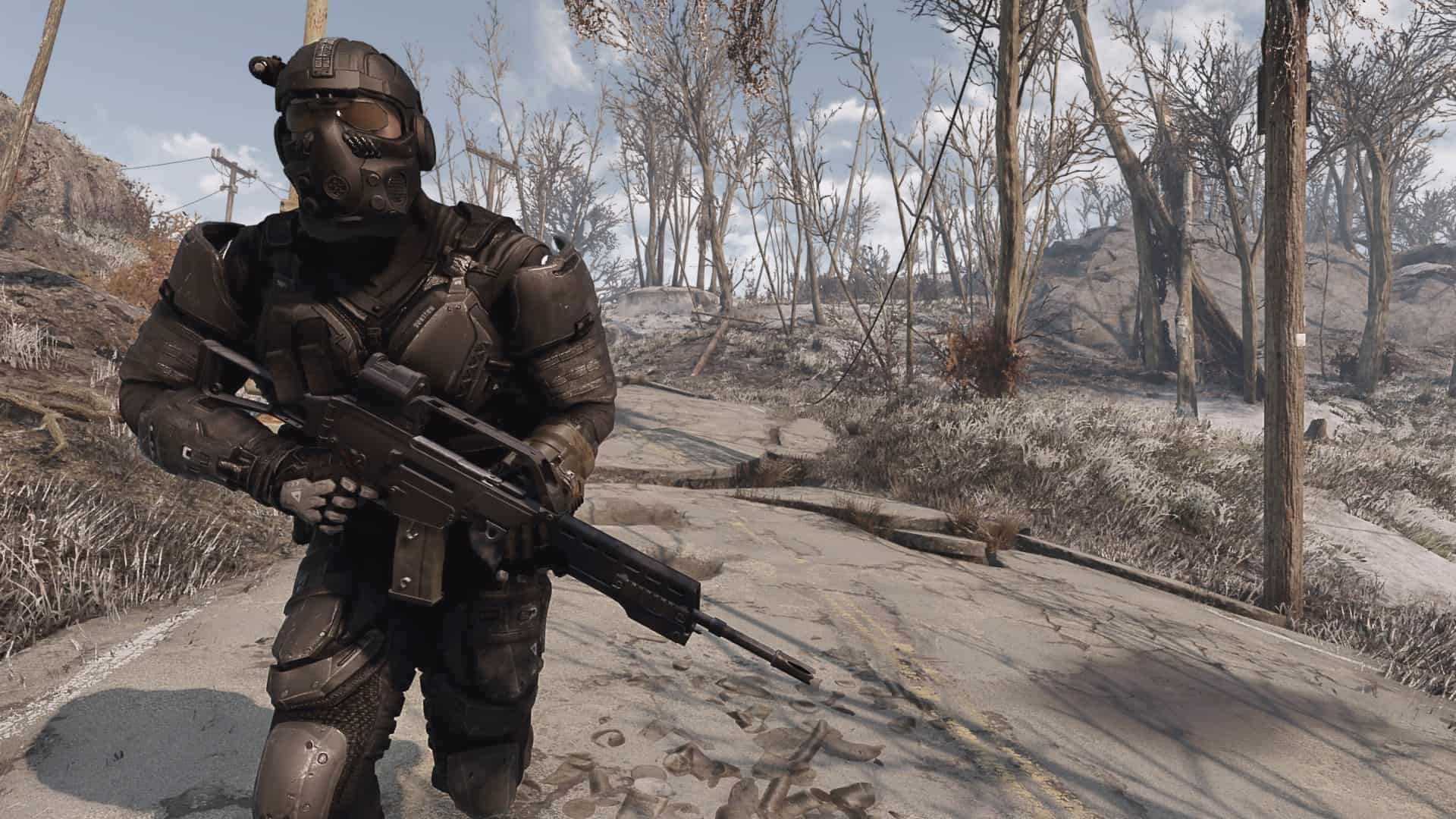


By December, both of their projects were on schedule, and even under budget, and the USSA was discussing the possibility of other future projects. Reinhardt also ordered the head of security, Sam Brent, to double the facility's security and install automated security systems. Rory McClellan, a private military contractor, to lead the development of the XMB booster engine. CEO Thomas Reinhardt promised the USSA to finish both projects by July 2077, a year before the expected launch date.Įager to deliver on its first agency contract, Reinhardt hired Dr. However, ArcJet only received payment for the deep range transmitter project, as the rocket was delayed before the Great War due to increasing military conflicts. Both projects were completed before 2077. Despite the risk of starting work before the contract, it paid off when the USSA gave them both the contract for the booster engine and the contract for a deep range transmitter. In 2075, ArcJet began working on a nuclear-powered rocket, the XMB booster engine, in hopes of convincing the United States Space Administration to award them a lucrative contract for their Mars Shot Project.


 0 kommentar(er)
0 kommentar(er)
